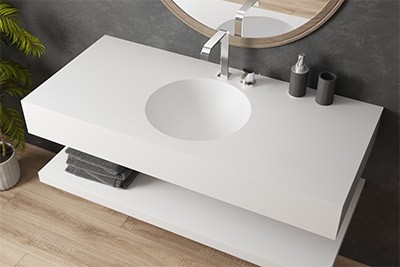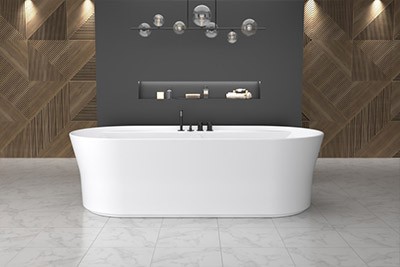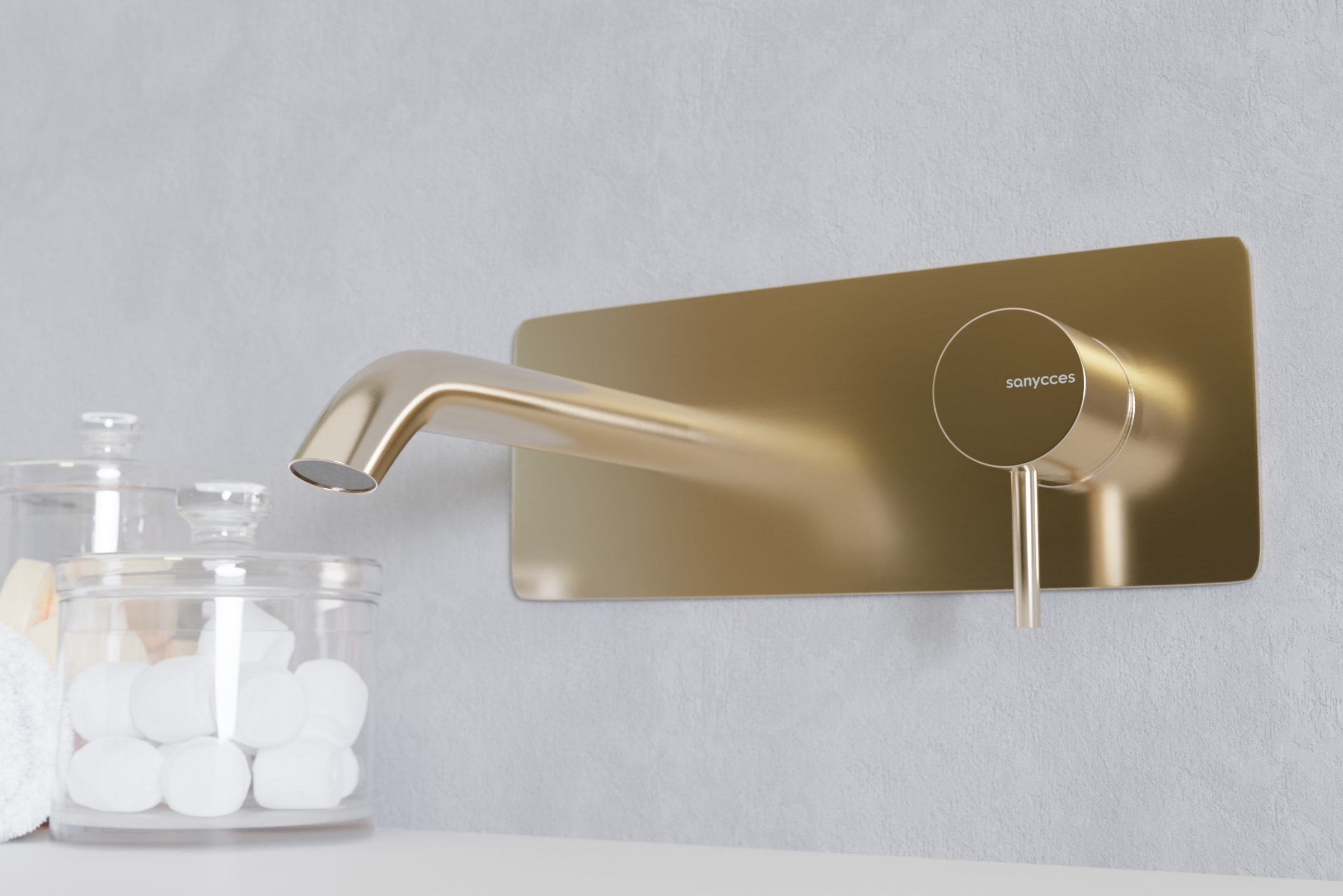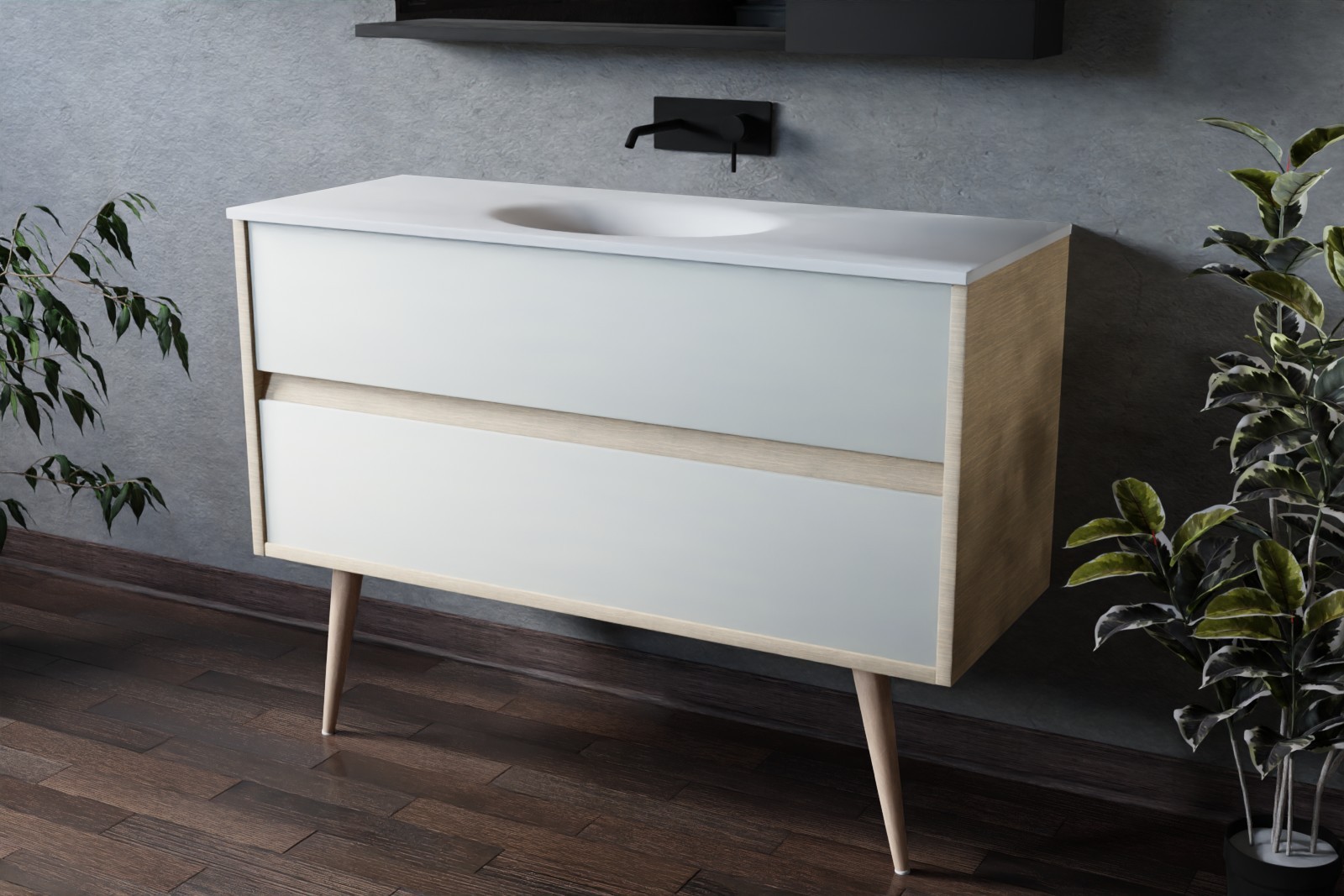A well-ventilated bathroom is essential for maintaining a healthy and comfortable environment. The water vapour produced during a shower or bath can create humidity, which can encourage the growth of mould and bacteria. Proper ventilation can reduce humidity, odours and health risks. In this article, we'll give you some tips on how to ventilate your bathroom properly.
The main signs that should alert you to any damp problems you may encounter in your bathroom are: condensation on windows, mirrors and tiles, mould growth, peeling plaster or paint, peeling wallpaper, mould, damp patches on the walls... If you are experiencing this type of problem in your room, there is a good chance that it is due to poor ventilation in your bathroom.
To combat this, we're going to look at the different ways of ventilating your bathroom:
.jpg)
Installing a CMV (controlled mechanical ventilation)
It renews the air in your room using a mechanical device that is more efficient than natural ventilation. At the same time, it extracts all the moisture in your room to the outside and then reintroduces fresh air from outside, while ensuring good air quality. In the specific case of the bathroom, a CMV quickly evacuates the humidity and odours that can form after a shower or bath. This helps to prevent the problems of damp and mould that can develop in damp rooms. A CMV can also help to improve the comfort of the room by ensuring good air circulation and limiting unpleasant odours.
It is therefore advisable to install a CMV in your bathroom to ensure that the air inside the room is healthy and comfortable.
There are two types of VMC, what are the differences?
Single-flow CMV: this is the most common type of CMV. It consists of a fan that extracts stale air from the house, usually located in the kitchen or bathroom, and an air inlet located in another room, often the living room or bedroom. Fresh air enters the house through the doors and windows.
Double-flow CMV: this is more sophisticated and more efficient than single-flow CMV. It has two fans: one to extract stale air from the house and the other to introduce fresh air. The two air flows pass through a heat exchanger that recovers some of the heat from the extracted air and transfers it to the incoming air. This allows the fresh air to be preheated, which reduces energy consumption for heating. Double-flow CMV is often recommended for new or very well-insulated homes, because it maintains good air quality while reducing energy consumption for heating.
Is it colder with CMV?
While a single-flow CMV simply expels warm air from the house and draws in pure but cold air, a double-flow CMV can reduce heat loss by up to 90%.
.jpg)
Extractor fan
You might also consider using an extractor fan. The main difference between an air extractor and a VMC is that the VMC operates permanently, whereas the air extractor will act on an ad hoc basis. An extractor fan can help to quickly remove moisture and odours from your bathroom. It's important to choose an extractor fan with sufficient capacity for your bathroom. To determine the capacity required, you can use a simple formula that involves multiplying the surface area of the bathroom by the ceiling height, then multiplying this figure by 0.13. For example, if your bathroom measures 3 metres by 2 metres with a ceiling height of 2.5 metres, you would need an extractor fan with a capacity of 32.5 cubic metres per hour (3 x 2 x 2.5 x 0.13).
Humidity detector
Use a humidity sensor: A humidity sensor can help regulate the amount of fresh air entering your bathroom according to the humidity in the room. This can help prevent the bathroom from becoming too dry or too damp. Humidity sensors are affordable and easy to install.
.jpg)
Open your windows
Of course, the most effective and economical way is still to open your windows. Opening your windows is a simple and effective way of ventilating your bathroom. If you're having your bathroom built, don't neglect the installation of windows in your room. This will allow fresh air to circulate in the room and remove moisture. If you have a window in your bathroom, don't hesitate to open it during and after your shower or bath.
Clean your ventilation grilles regularly
For maximum efficiency, remember to clean the ventilation grilles regularly. If you have ventilation grilles in your bathroom, it's important to clean them regularly to prevent the build-up of dust and dirt. Air vents can help to remove moisture and stale air from your bathroom, but if they are blocked, they won't be effective.
In conclusion, ventilating your bathroom is important for maintaining a healthy and comfortable environment. Using an extractor fan, a humidity sensor, opening windows and regularly cleaning the ventilation grilles are all effective ways of ventilating your bathroom. By following these simple tips, you can help reduce damp, odours and health risks in your bathroom.






